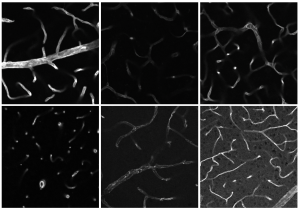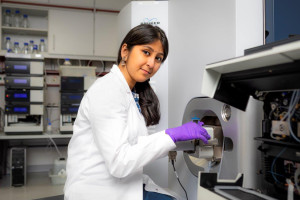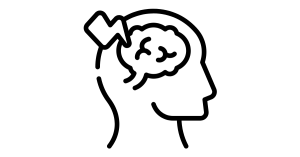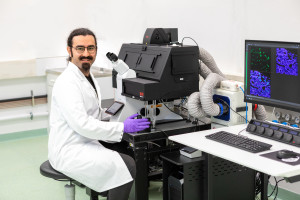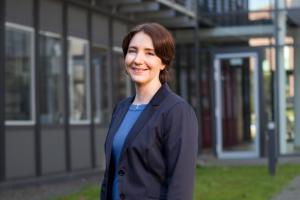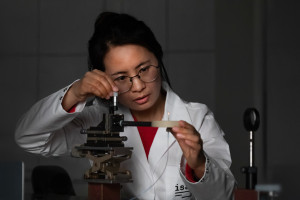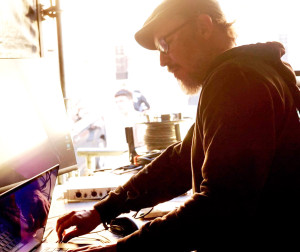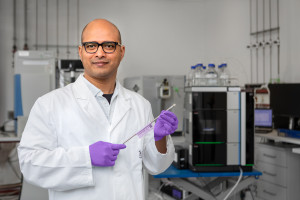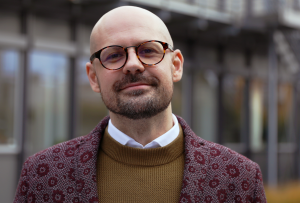Dortmund, 19th August 2021
Since the beginning of June, two scientists from Belgrade are visiting ISAS. The biologists Dr. Jasmina Zivanovic and Dr. Marko Miler from the Serbian Institute for Biological Research “Sinisa Stankovic”are part of the “Serbian Science and Diaspora Collaboration Program”.
The aim of the EU-funded project is to promote collaboration between Serbian scientists in their homeland and those living abroad. At ISAS, Zivanovic and Miler are therefore collaborating with Dr. habil. Milos Filipović, who has been leading the Sulfaging working group since 2020. They want to integrate his research findings on persulfidation into their project.
Does the internal clock control cell functions?
The two researchers are investigating how the circadian rhythm, meaning the day-night rhythm, influences structural changes in proteins. To do this, they are investigating redox modifications (e.g. oxidation, the combination with oxygen) of the amino acid cysteine. "The redox modification is a very interesting approach that they could also use, for example, to find out what role ageing processes play in the day-night rhythm," reports Filipović. For this purpose, Zivanovic and Miler brought protein samples from different organs of rats. For the analysis at ISAS, they are using proteomic approaches to detect the location of various post-translational modifications - changes to the protein after translation has already taken place - of cysteine residues. Back in Belgrade, Zivanovic and Miler both want to evaluate the results together with their research group. They hope to be able to recognise from the data at which times of the day or night these redox changes occur and how they alter cell functions. Their research could contribute to a better understanding and treatment of diseases such as sleep disorders in the future.
Old acquaintances in a young research field
The idea to come to Dortmund for the knowledge exchange was no coincidence. Back in 2016, project leader Zivanovic was part of Filipović's team for two and a half years. At the University of Bordeaux, they conducted joint research on signal transmission through gasotransmitters such as H2S and nitric oxide. For Miler, it is not only the first time working with Filipović, but also the first research stay outside Serbia. "I have the chance to learn new techniques and am starting to see everything in a bigger context. This is a great experience," reports the 34-year-old. Both are very pleased that the Serbian government is supporting the country's science through the newly established fund more than before. They hope to continue working internationally with other researchers in the future.
SULFAGING investigates connection between ageing processes and gasotransmitters
Gasotransmitters include the gases hydrogen sulfide, nitric oxide and carbon monoxide. They act as signalling substances within and between cells and play an important role in the human body, for example in controlling the heartbeat or nerve activities. At ISAS, Dr. habil. Milos Filipović heads the Sulfaging working group in the Translational Research department. With his team, he investigates the connection between ageing processes and gasotransmitter signalling. In doing so, the biochemist focuses on signal transmission in cells through hydrogen sulfide. In this still young field of research, the ERC prizewinner wants to decipher the exact mechanisms of hydrogen sulfide actions, for example with the help of transgenic worms. Filipović's research on metabolic biochemistry provides important insights that will enable us to better diagnose and treat for example age-related diseases in the future.
(Cheyenne Peters)
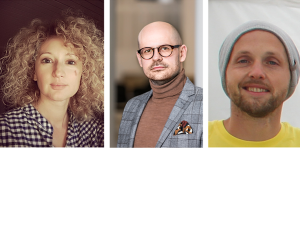
(f.l.:) Dr. Jasmina Zivanovic, Dr. Milos Filipović und Dr. Marko Miler.
